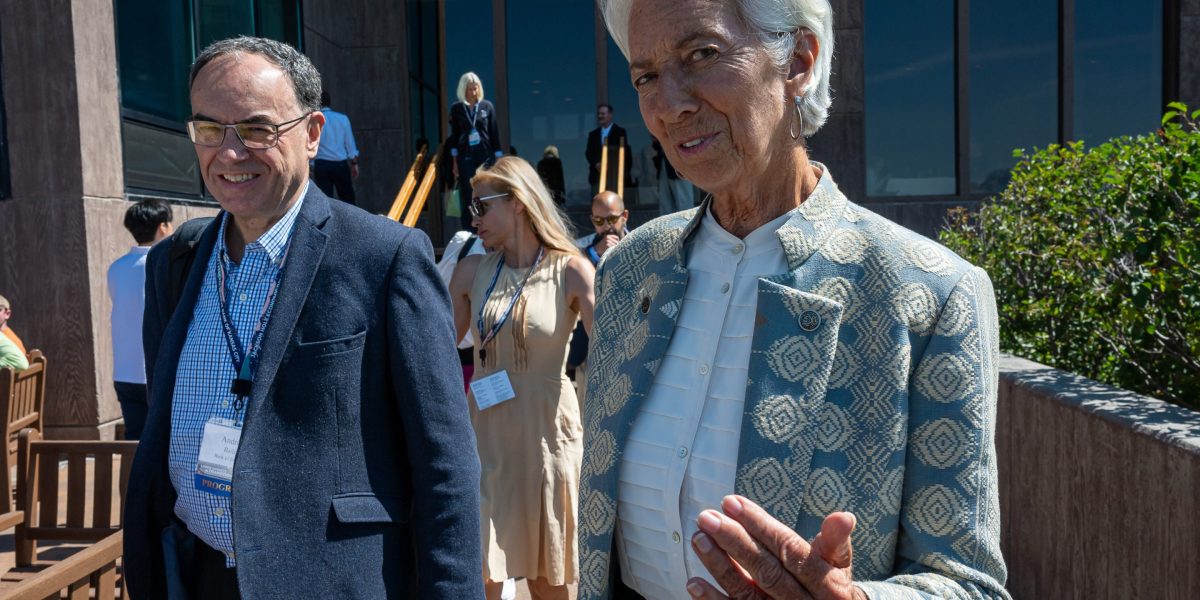
"A jump in the share of foreign-born workers after the pandemic helped Europe bring inflation down without sharply slower growth, European Central Bank President Christine Lagarde said Saturday. A key factor "has been the rise in both the number and participation rate of foreign workers," Lagarde said in a speech in Jackson Hole, Wyoming, at a Federal Reserve economic symposium."
"Lagarde's comments echoed a common view among economists that an influx of foreign workers helped companies expand their output and meet a spike in demand after the pandemic that followed stimulus benefits. The increased supply helped bring down inflation in Europe and the United States. Yet the rise in immigration also sparked a political backlash in both economies. "Migration could, in principle, play a crucial role in easing" labor shortages as native populations age, Lagarde said."
A jump in the share of foreign-born workers after the pandemic helped Europe bring inflation down without a sharp growth slowdown. The rise in both the number and participation rate of foreign workers boosted output and filled post-pandemic demand gaps; Germany's GDP would be around 6% lower than in 2019 without their contribution, and Spain's recovery owes much to foreign labor. Increased labor supply eased inflationary pressures in Europe and the United States, while higher immigration provoked political backlash. Migration can ease labor shortages as populations age, but political pressures may limit inflows. Lower inflation-adjusted wages, greater hoarding of workers by companies, and more elderly people joining the labor force also contributed to steady growth even as the ECB raised interest rates. Foreign-born workers made up 9% of the EU labor force in 2022 but accounted for half of the bloc's labor force growth over the past three years.
Read at Fortune
Unable to calculate read time
Collection
[
|
...
]